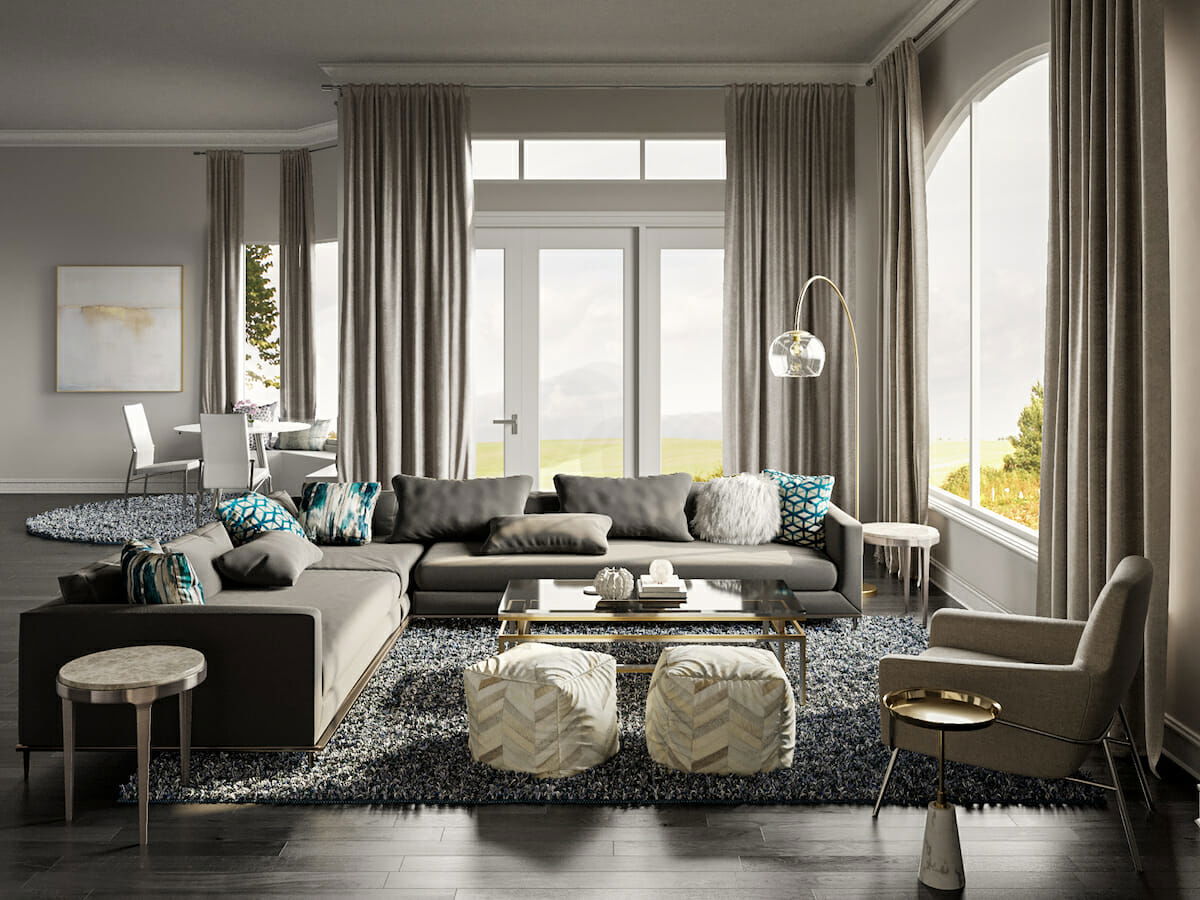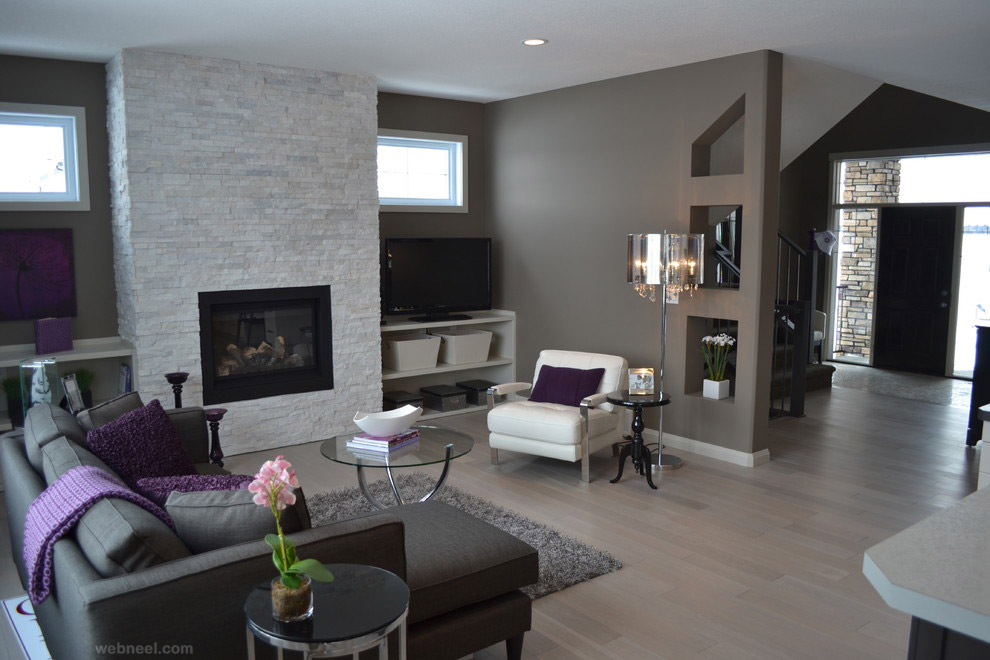
#Modern house interior design professional#
This paved the way for the emergence of the professional interior design in the mid-20th century.


This business model flourished from the mid-century to 1914, when this role was increasingly usurped by independent, often amateur, designers.

#Modern house interior design full#
Large furniture firms began to branch out into general interior design and management, offering full house furnishings in a variety of styles. In the mid-to-late 19th century, interior design services expanded greatly, as the middle class in industrial countries grew in size and prosperity and began to desire the domestic trappings of wealth to cement their new status. Architects would also employ craftsmen or artisans to complete interior design for their buildings.Ĭommercial interior design and management Throughout the 17th and 18th century and into the early 19th century, interior decoration was the concern of the homemaker, or an employed upholsterer or craftsman who would advise on the artistic style for an interior space. With specialised guilds dedicated to producing interior decoration, and formulaic furniture, in buildings constructed to forms defined by Roman architects, such as Vitruvius: De architectura, libri decem (The Ten Books on Architecture). It was the Greeks, and later Romans who added co-ordinated, decorative mosaics floors, and templated bath houses, shops, civil offices, Castra (forts) and temple, interiors, in the first millennia BC. Painting interior walls has existed for at least 5,000 years, with examples found as far north as the Ness of Brodgar, as have templated interiors, as seen in the associated Skara Brae settlement. Reconstructed Roman triclinium or dining room, with three klinai or couches From these, it is possible to discern details about the interior design of different residences throughout the different Egyptian dynasties, such as changes in ventilation, porticoes, columns, loggias, windows, and doors. In ancient Egypt, "soul houses" (or models of houses) were placed in tombs as receptacles for food offerings. While most traditional homes have been demolished to make way to modern buildings, there are still around 2000 havelis in the Shekhawati region of Rajashtan that display wall art paintings. In these architects' design of 17th-century Indian homes, sculptures depicting ancient texts and events are seen inside the palaces, while during the medieval times wall art paintings were a common feature of palace-like mansions in India commonly known as havelis. This can be seen from the references of Vishwakarma the architect-one of the gods in Indian mythology. In ancient India, architects would also function as interior designers. The profession of interior design is separate and distinct from the role of interior decorator, a term commonly used in the US the term is less common in the UK, where the profession of interior design is still unregulated and therefore, strictly speaking, not yet officially a profession. The pursuit of effective use of space, user well-being and functional design has contributed to the development of the contemporary interior design profession. The profession of interior design has been a consequence of the development of society and the complex architecture that has resulted from the development of industrial processes.

In the past, interiors were put together instinctively as a part of the process of building. History and current terms Typical interior of one of the houses in the Folk Architecture Reservation in Vlkolínec ( Slovakia) Interior design is a multifaceted profession that includes conceptual development, space planning, site inspections, programming, research, communicating with the stakeholders of a project, construction management, and execution of the design. An interior designer is someone who plans, researches, coordinates, and manages such enhancement projects. Interior design is the art and science of enhancing the interior of a building to achieve a healthier and more aesthetically pleasing environment for the people using the space. The art déco interior of the grand concourse at the 30th Street Station in Philadelphia The lobby of Hotel Bristol, Warsaw A historical example: Balliol College Dining Hall, Oxford ( January 2011) ( Learn how and when to remove this template message) You may improve this article, discuss the issue on the talk page, or create a new article, as appropriate. The examples and perspective in this article deal primarily with the English-speaking world and do not represent a worldwide view of the subject.


 0 kommentar(er)
0 kommentar(er)
